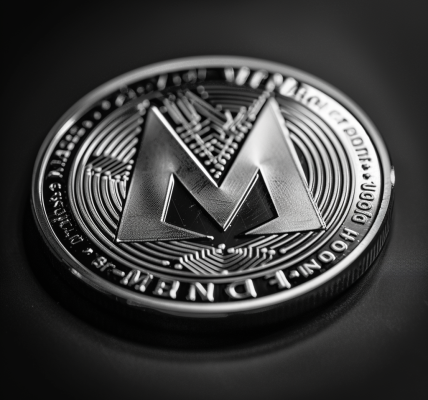The economy is still booming by many measures — such as gross domestic product, job creation and unemployment — but Americans still aren’t all that happy, and many are mad at President Joe Biden. Why? It’s pretty simple. Everything costs more than it used to.
“People are going to the store, and they’re paying much more for the basics of life than they were two years ago, three years ago. And they’re not happy about it,” Federal Reserve Chair Jerome Powell said last week.
“And it’s fine that inflation is coming down,” he added, “but the prices they’re paying are still high.”
The cost of putting food on the table offers a telling example. Grocery prices were 22% higher at the end of 2023 than they were at the end of 2019, according to the consumer-price index. In contrast, from 2016 to 2019, grocery prices stayed the same. They rose just 11% in the entire decade prior to the pandemic.
And it’s not just food. Many staples — such as rent, gasoline, electricity, car insurance and cable TV — are much more expensive now then they were before the pandemic.
“Most Americans are price sensitive,” said Sam Bullard, senior economist at Wells Fargo in Charlotte, N.C. “They’re searching for deals. They are making judgments daily on how much they spend to stretch their dollars.”
One way to stretch dollars is to substitute cheaper products for more expensive ones — ground beef for strip steak, for example, or store brands for brand names. Even those step-down decisions show how high inflation is eroding the standard of living Americans are accustomed to.
The unease is evident in surveys of consumer confidence. Take the long-running consumer-sentiment survey, for example: The survey reading fell to an all-time low of 50 points in the middle of 2022 as inflation hit a 40-year high of 9%. While the reading has since rebounded to 79, it’s still 22 points below its prepandemic peak.
Rising wages have partly offset the increases in prices, with many workers earning big raises over the





